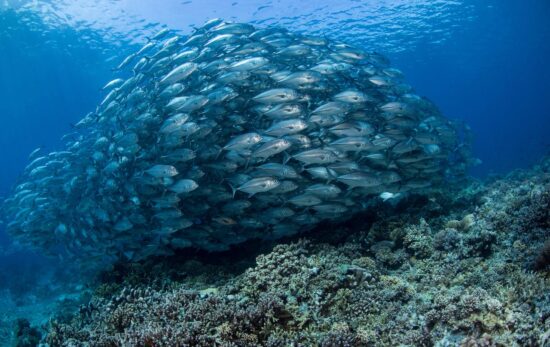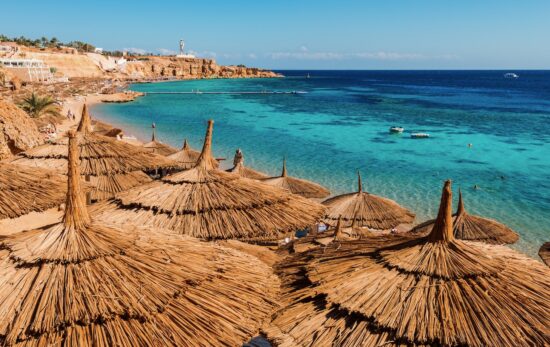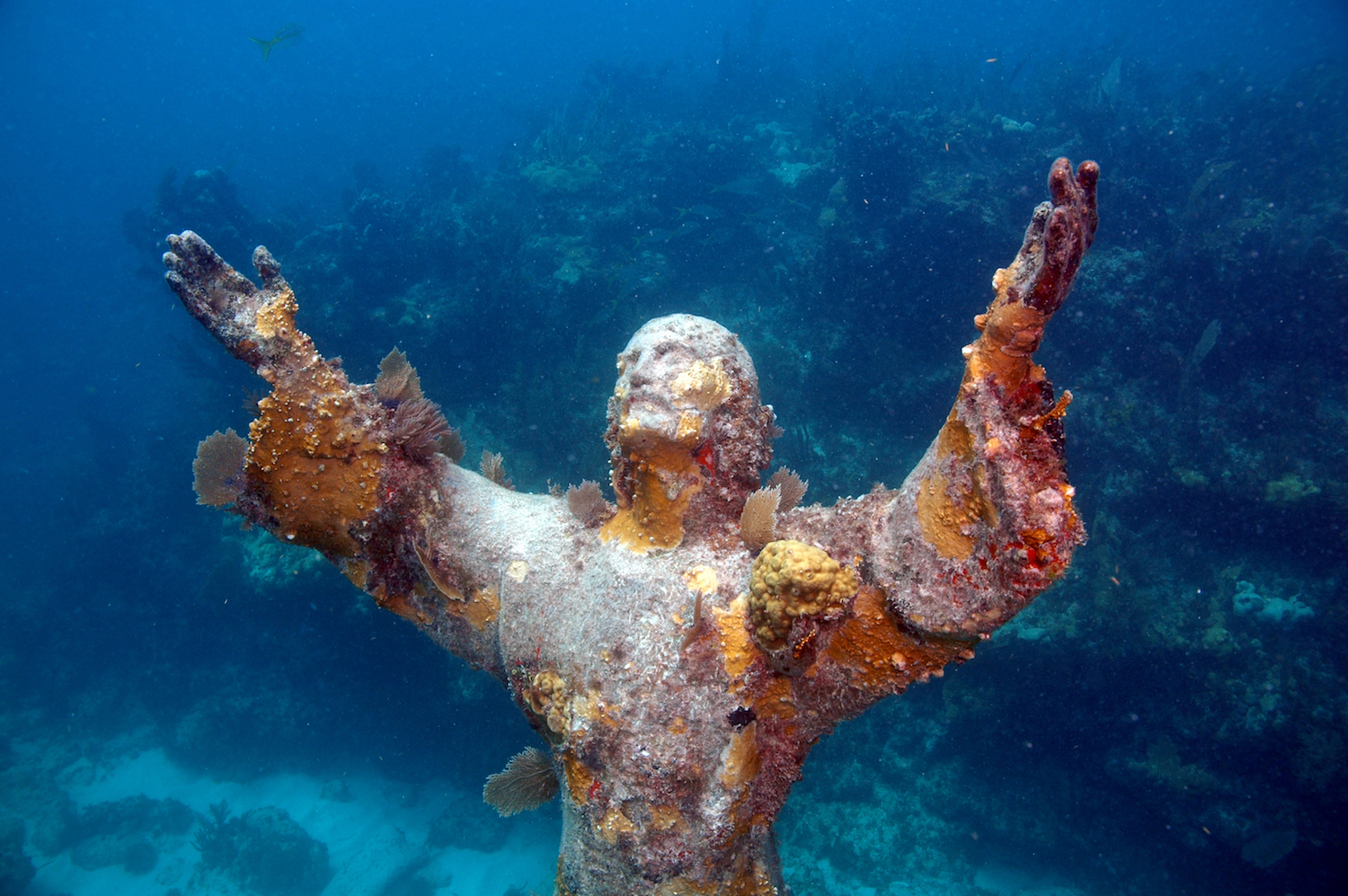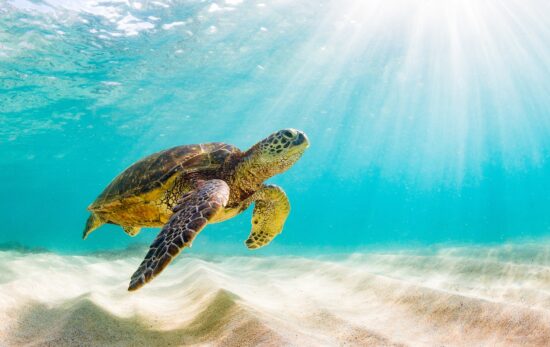Wakatobi, one of the next diving hot spots, is an acronym for the islands of the Tukangbesi Archipelago, the four main islands being WA-ngi- Wangi, KAledupa, TOmia and BInongko. The islands form a north to south chain to the southeast of the main island of Sulawesi. To the northeast, they are bordered by the Banda Sea and the Flores Sea to the southwest. The Wakatobi islands have been a marine conservation area since 1996, and in 2002, they were declared a National Park, which encompasses the reefs around the islands, the mangrove forest, the lowland and coastal forest and the rainforest. The islands are stereotypically picture perfect with white sand, palm-fringed beaches, tropical clear water and beautifully diverse flora and fauna.
There are two main diving destinations in Wakatobi. The first (and most pristine) is around Tomia Island, including the islands of Onemobaa, Sawa and Lintea. The second is around Wangi Wangi Island, including the islands of Kaledupa and Hoga.
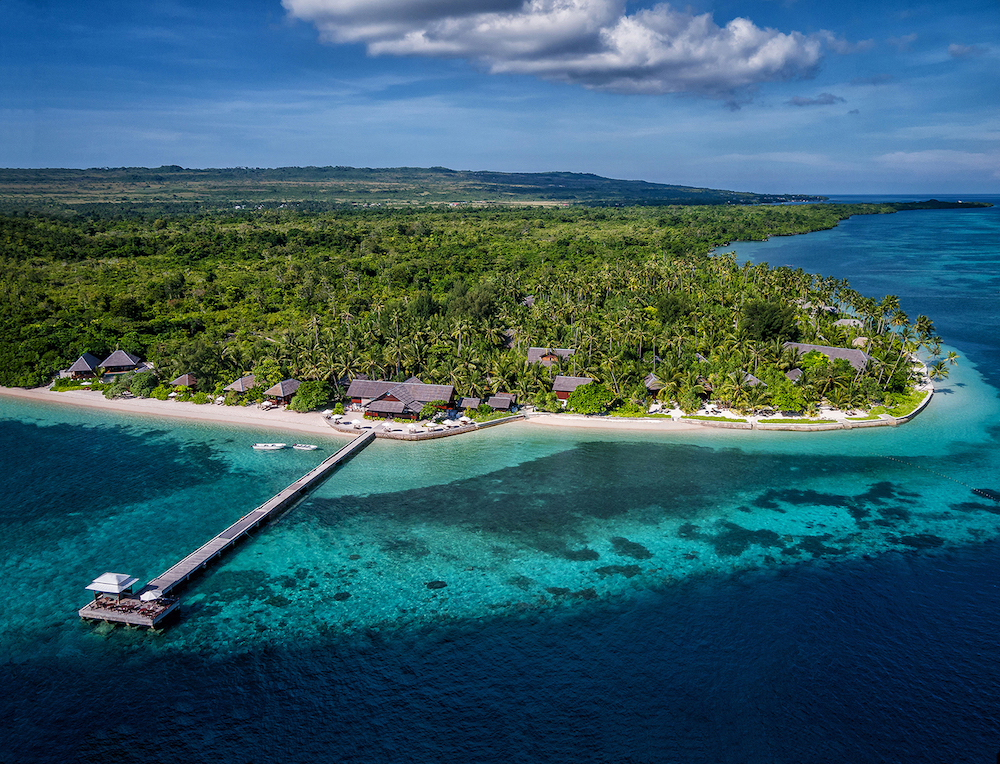
Getting There: Flights from Bali to Wakatobi
The most common route is to take a flight from Bali to Wakatobi. There is an airport on Wangi-Wangi Island (Matahora Airport) which is serviced by flights from Makassar, which can be reached from either Jakarta or Bali International Airport and internationally from Singapore’s Changi Airport. If you are diving the Wangi Wangi region, it is just a short boat or car ride to your destination. If you are diving around Tomia, there are public boats leaving Wangi Wangi every morning to Tomia Island. Alternatively, it is possible to charter a private boat.
Wakatobi Resort’s private air charter provides a direct flight from Bali to Wakatobi for an additional charge. Flights from Bali to Wakatobi Resort are currently scheduled on Mondays and Fridays.
Although taking a flight from Bali to Wakatobi is relatively easy, they are not frequent and advance booking for both flights and diving is strongly recommended.
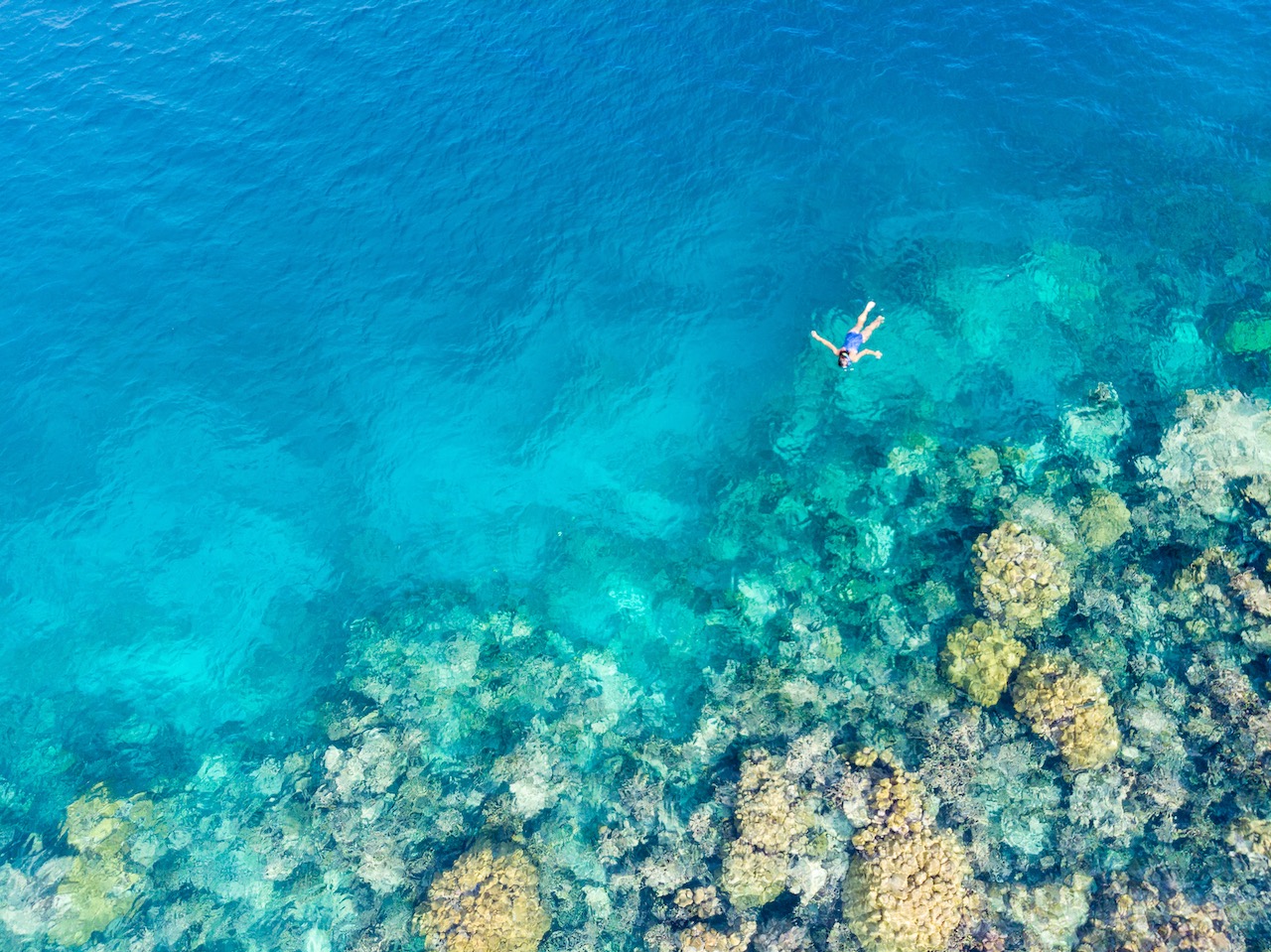
Wakatobi Diving Seasons
Annual water temperatures average 28 – 30 degrees Celsius (82 – 86 degrees Fahrenheit) with a cooler period from July to September when temperatures can drop to 26 degrees Celsius (79 degrees Fahrenheit), ensuring coral health and no bleaching effects. The wet season runs from December to February with annual rainfall less than in other parts of Indonesia. As there are no rivers washing out, visibility remains consistently good, averaging around 30 meters (100 feet) year-round.
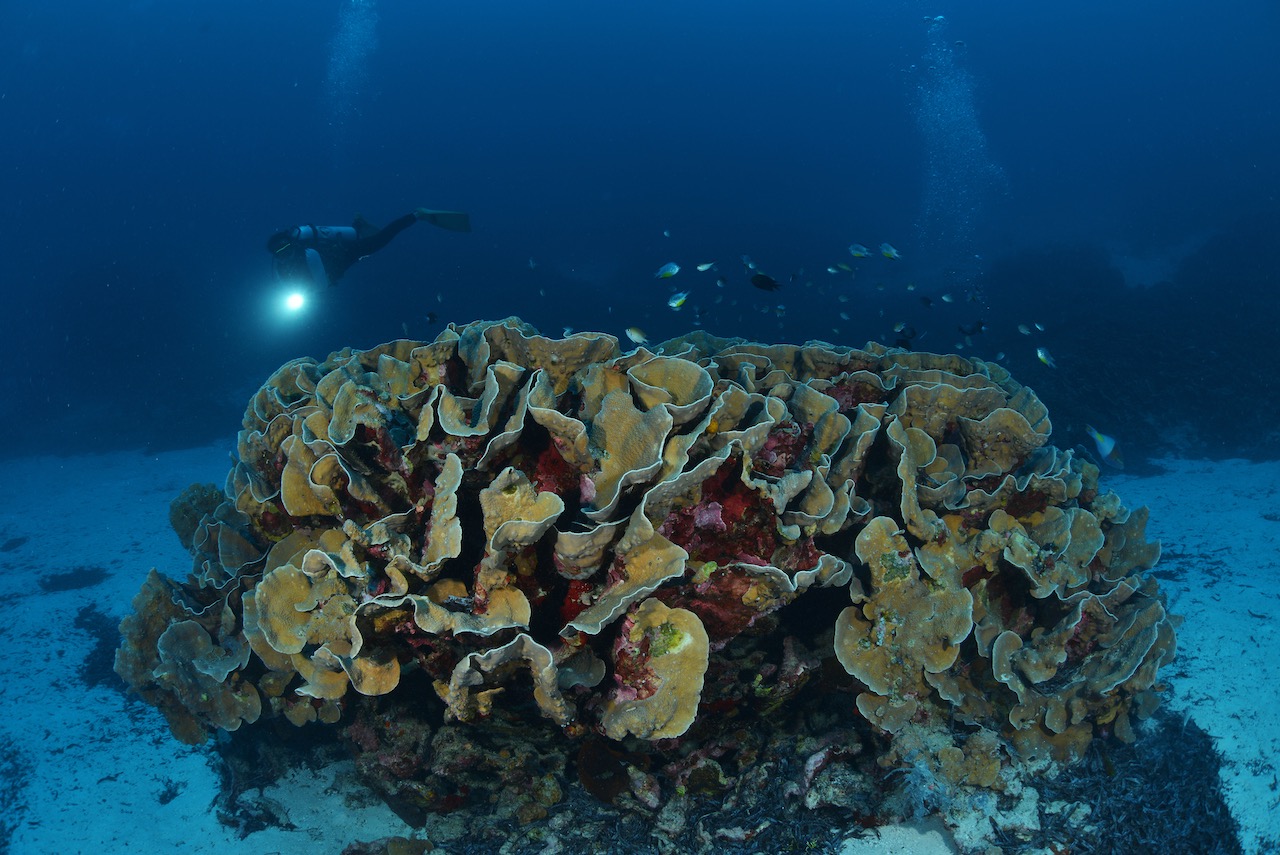
Wakatobi Diving Conditions
Wakatobi has generally mild currents, good visibility and most sites can be dived at any depth. Reefs are a mixture of fringing reefs, barrier reefs and atolls with some excellent shore diving opportunities in addition to boat dives going further afield.
Wakatobi has sites suitable for all levels. Currents generally range from nothing to medium strength, but some pinnacle sites have stronger currents. There are numerous deep opportunities, too.
Diving in the Wakatobi National Park, world-class pristine reefs, stunning wall dives and abundant marine life, particularly in the Tomia area. Turtles, rays, sharks and a whole host of critters, quiet dive sites and good visibility.
Equipment hire is available from most operators, as are courses which should be booked in advance. Nitrox is available – if you are not yet Nitrox certified, check out the PADI Enriched Air Specialty Course online. Furthermore, currents are mild, but an SMB is advisable for boat pickups. With few operators in the region, dive boats are few and far between and divers often have sites to themselves.
Destructive fishing practices are prohibited within the National Park, and while most sites are incredibly stunning, around some islands there is evidence of previous reef damage.
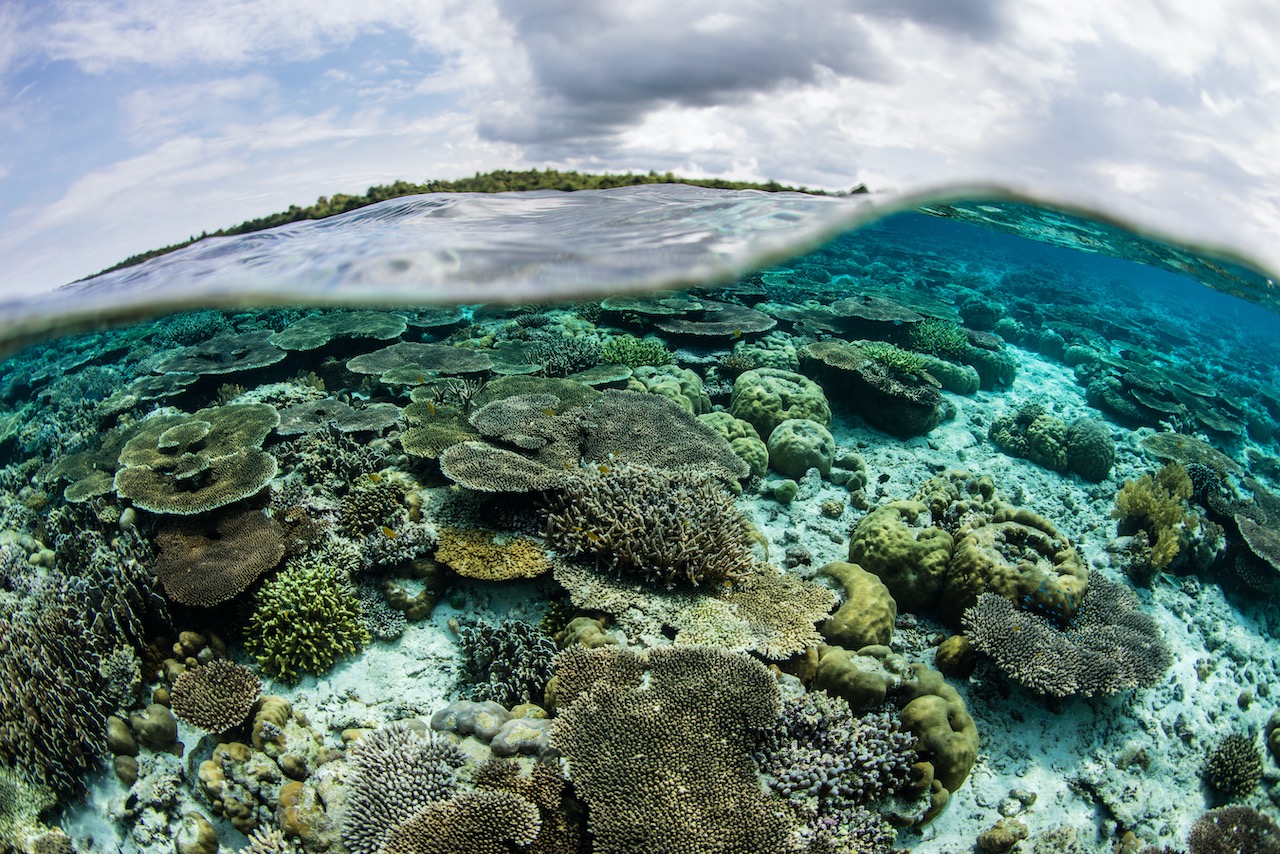
Wakatobi’s Best Dive Sites
Wakatobi is full of wonderful dive sites, but here are some of the must-dive options.
Roma Reef, Tomia Island
Roma Reef is a large, submerged sea mount situated at the northern end of the east coast of Tomia Island. It takes its name from a large formation of potato corals, which loosely resembles the Coliseum in Rome, Italy!
This is an easy dive with little current, suitable for all, and with wide ranging, stunning and abundant marine life, it has something for everyone.
Turkey Beach, Tolandono Island
Turkey Beach is an extension of the House Reef dive site at Wakatobi Resort, and it is situated on the south side of Tolandono Island. The site is a gentle drift dive along a stunning, sloping reef, which has excellent coral coverage, including soft corals with intense colors and variety. Common marine here includes turtles (both green and hawksbills), blue spotted sting rays, lobsters, cuttlefish and crocodile fish. Schooling fusiliers are another common siting here along with hordes of anthias and damsel fish over the corals in the shallows. This is another site that is suitable for all divers and which has a diversity and abundance of marine life to keep all levels entertained.
Zoo, Tolandono Island
Zoo is another site on the south side of Tolandono Island – towards the eastern point. It is well worth a visit for divers whose preference is muck or macro diving. The site takes its name from the sheer number of different species that can be seen in one dive here, and there are some superb candidates to choose from: ghost pipefish, leaf fish, frogfish, mantis shrimps and pygmy sea horses have all been seen here. Zoo is also an ideal site for underwater photography as well as both night dives and mandarin fish dives!
Fan 38 (East and West), Lintea Island
These are two sites which border each other on the north side of the outer barrier reef of Lintea Island. Both sites are predominantly wall dives with some steep sloping areas, and as the name suggests, they are alive with gorgonians of all different colors and sizes from small to unbelievably huge (over 2 meters/6 feet in diameter). These are definitely sites for wide angle photographers.
These two stunning sites are suitable for all levels (expect some drift) and offer healthy coral growth, abundant fish life and some excellent deep diving for those with suitable experience.
Waha Wall, Wangi Wangi Island
Waha Wall is situated on the north eastern point of Wangi Wangi Island and provides divers with good coral variety from the reef crest down to the deep. The site is a favorite of divers who are hoping to encounter larger pelagics, such as eagle rays, barracuda and passing tuna. Waha Wall offers good all-around variety, and with little current, it can be enjoyed by divers of all levels.
Outer Pinnacle, Hoga Island
Outer Pinnacle is to the north and slightly east of Hoga Island, and as the name suggests, it is a submerged pinnacle which peaks at around 5 meters (15 feet) under the surface. There is a good mix of macro life and critters, from scorpion fish, crocodile fish and leaf fish to different species of pygmy sea horses, blue spotted rays and moray eels.
If you are eeling inspired and are ready to board a flight from Bali to Wakatobi as soon as possible, read more about diving around Wakatobi in Southeast Sulawesi here.

